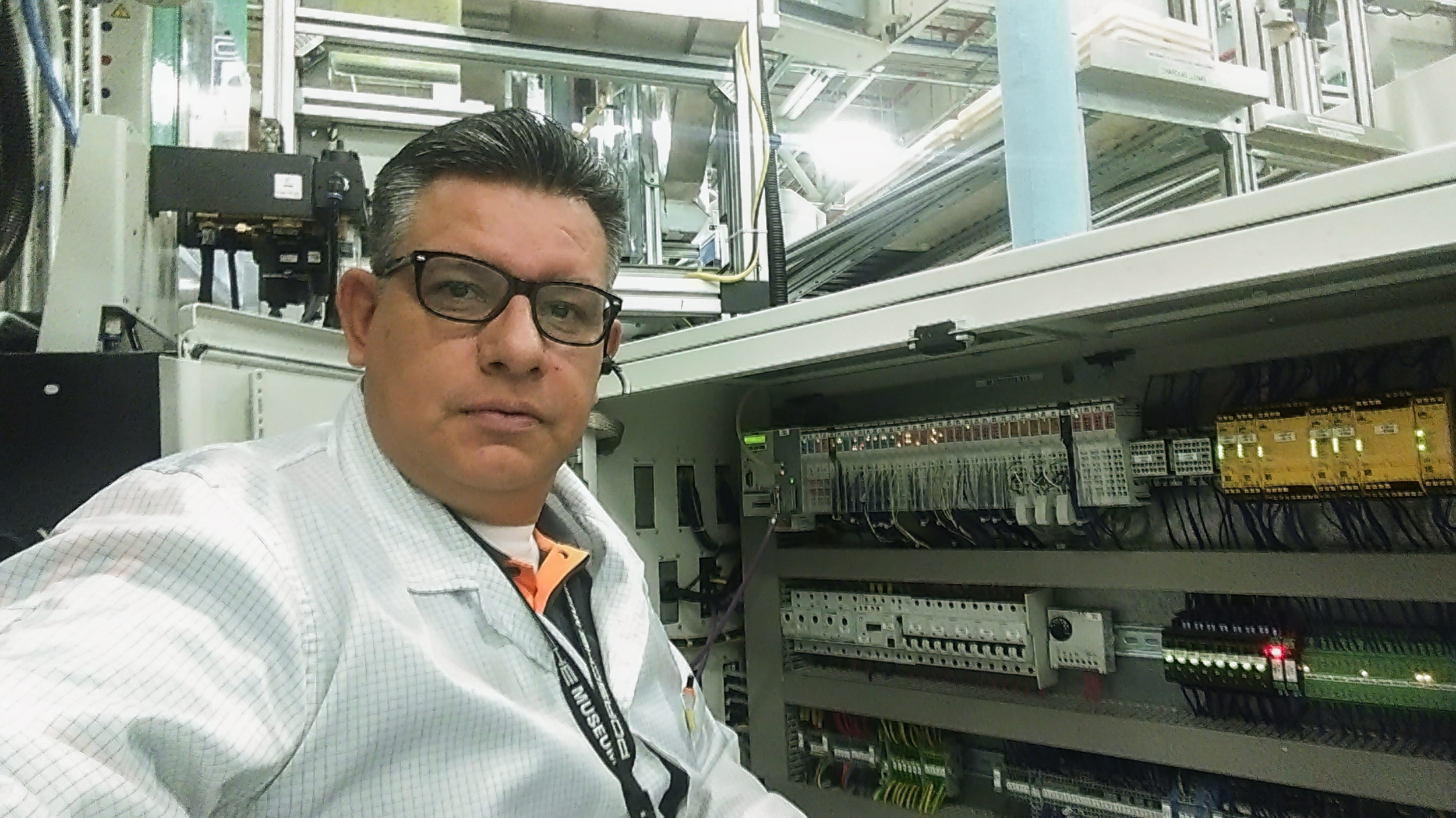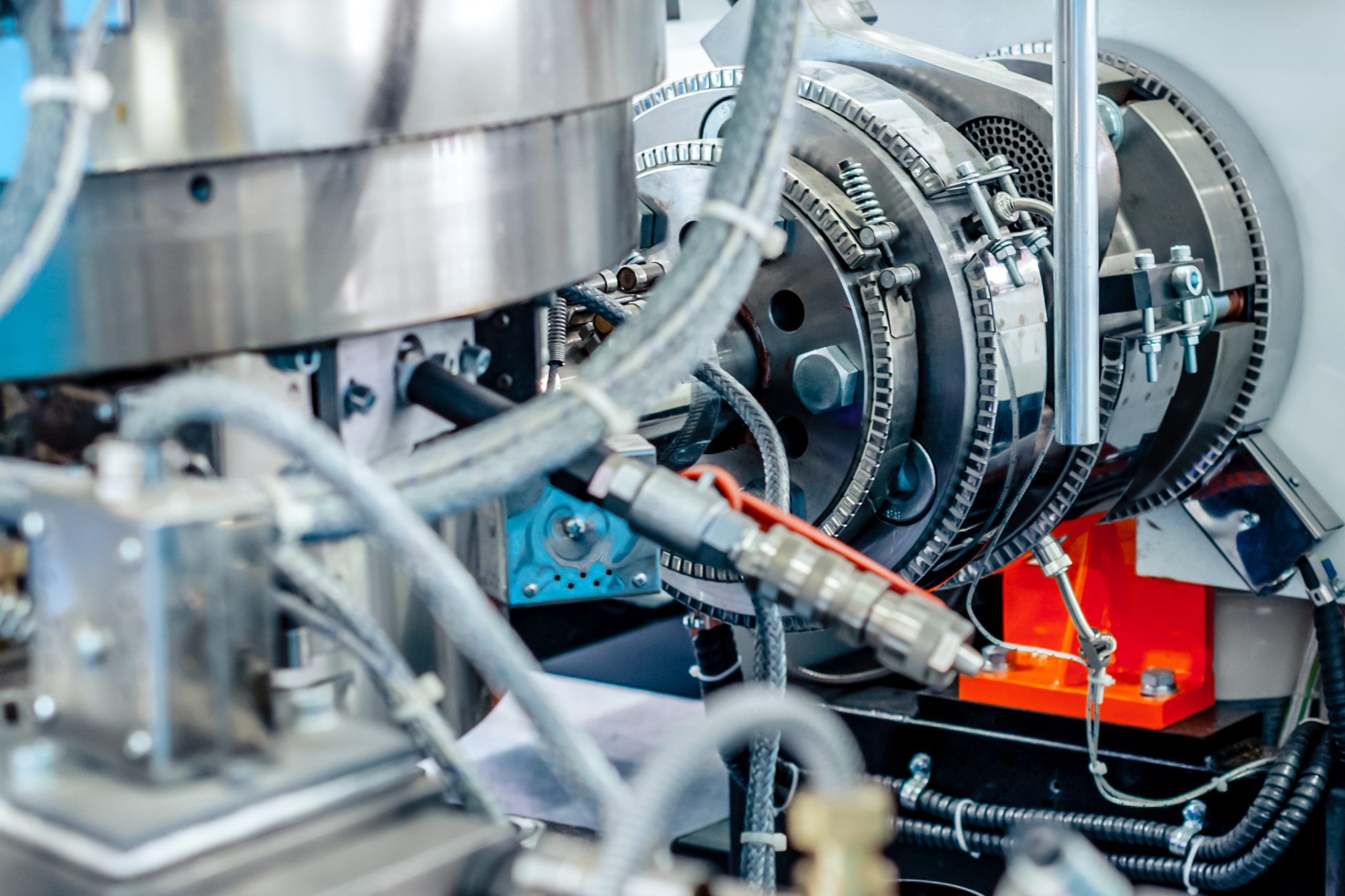Part 2 of 3: Don’t Overpay for Perfection: Achieve Quality with Lower-Cost Materials
Introduction
Material costs make up a massive portion of injection molding expenses. And with the price of virgin resins fluctuating—and in many cases rising—molders are feeling the squeeze.
So, how can you maintain high part quality while cutting raw material costs?
The answer: cavity pressure sensing technology.
This technology gives molders the confidence and process stability needed to run lower-cost, more variable materials like regrind, wide-spec, or post-consumer recycled (PCR) resin—without increasing scrap or compromising quality.
Let’s explore how you can save thousands in material costs while improving part performance and hitting your sustainability goals.
Run Lower-Cost Materials—Without Sacrificing Quality
Most molders stick with virgin resin because it’s predictable. Regrind and PCR materials introduce variability in flow, moisture content, and thermal behavior that can increase defects. But those materials are significantly cheaper—sometimes by 20% or more.
Here’s the issue: Without real-time feedback, even minor resin inconsistencies can result in shorts, voids, sinks, or dimensional problems. That leads to scrap, downtime, or recalls.
Cavity pressure changes that equation. It allows you to:
- Monitor fill consistency and pack behavior regardless of resin source.
- Detect subtle shifts in viscosity or flow caused by regrind or PCR variations.
- Adjust automatically to stay within optimal pressure ranges for each part.
The savings: If you can confidently replace just 25% of virgin material with regrind or PCR, the cost reduction could be in the tens of thousands per year—depending on part size and volume.
Enhance Process Control and Stability
When using mixed or recycled resin sources, process stability becomes critical. Traditional machine sensors only monitor barrel pressure, screw position, or temperature—not what’s happening inside the mold cavity.
That’s where cavity pressure sensing comes in:
- It measures how the material actually behaves in the mold, cycle by cycle.
- The system can trigger alerts or shut off presses automatically if pressure profiles deviate outside your validated range.
- This means you’re not just trusting that your cheaper material will perform—you’re verifying that it does.
Process repeatability = fewer defects, fewer shutdowns, and more confidence in every shot.
Unlock True Material Flexibility
Want to switch suppliers? Try a new resin? Increase regrind percentage? Without cavity pressure data, these changes can feel like rolling the dice. But with it, you can:
- Quickly dial in new material behaviors.
- Adjust process parameters based on real feedback instead of trial and error.
- Use more sustainable or budget-friendly blends across different presses.
Real-world impact: Companies using cavity pressure sensing often find they can expand material options and negotiate better contracts with suppliers—because they’re no longer locked into one high-end resin to maintain quality.
Reduce Scrap Caused by Material Variation
Cheaper material isn’t cheaper if you’re scrapping 10% of your parts. But by catching material-induced defects as they happen, cavity pressure sensing drastically cuts that waste.
You gain:
- Instant visibility into shorts, flash, or gas traps.
- Automated containment to isolate suspect parts.
- Reduced machine downtime by avoiding long root-cause investigations.
In short, your cheaper material actually saves money, rather than costing you more in rework and waste.
Conclusion
Switching to more affordable materials shouldn’t mean crossing your fingers. With cavity pressure sensing, you gain the precision and confidence to mold with regrind, PCR, or wide-spec resin—while maintaining part quality and process control.
Whether you’re trying to cut costs, meet sustainability targets, or expand your supplier options, cavity pressure gives you the tools to make smarter material decisions that don’t compromise your bottom line.
Want to see how much you could save by switching materials with cavity pressure guidance?
Reach out to RJG and start building a more flexible, cost-efficient molding process.



